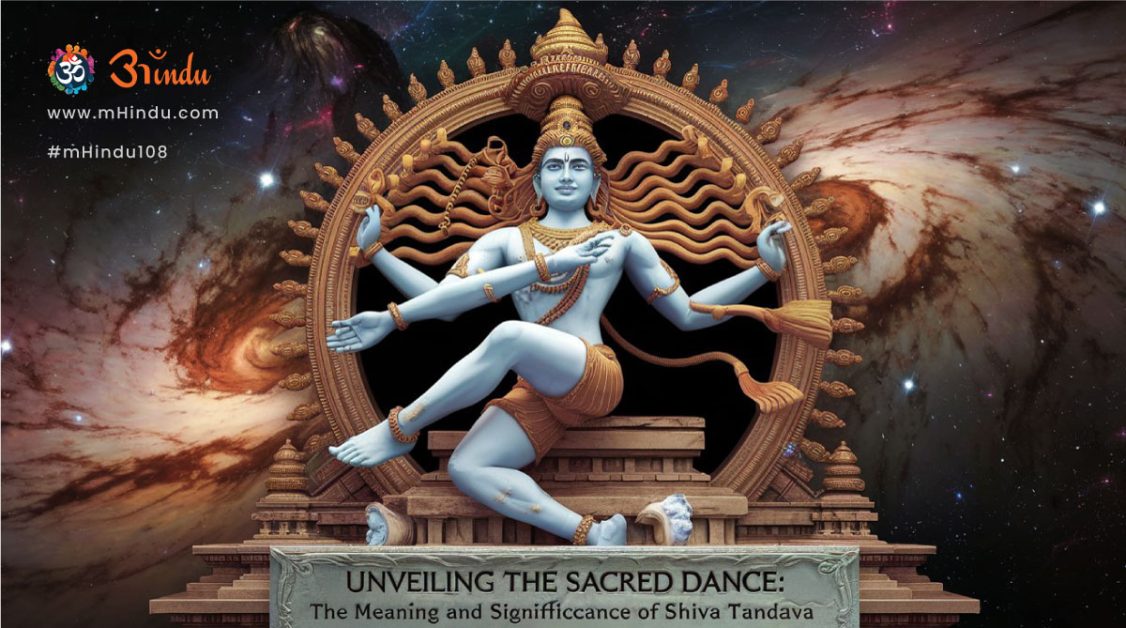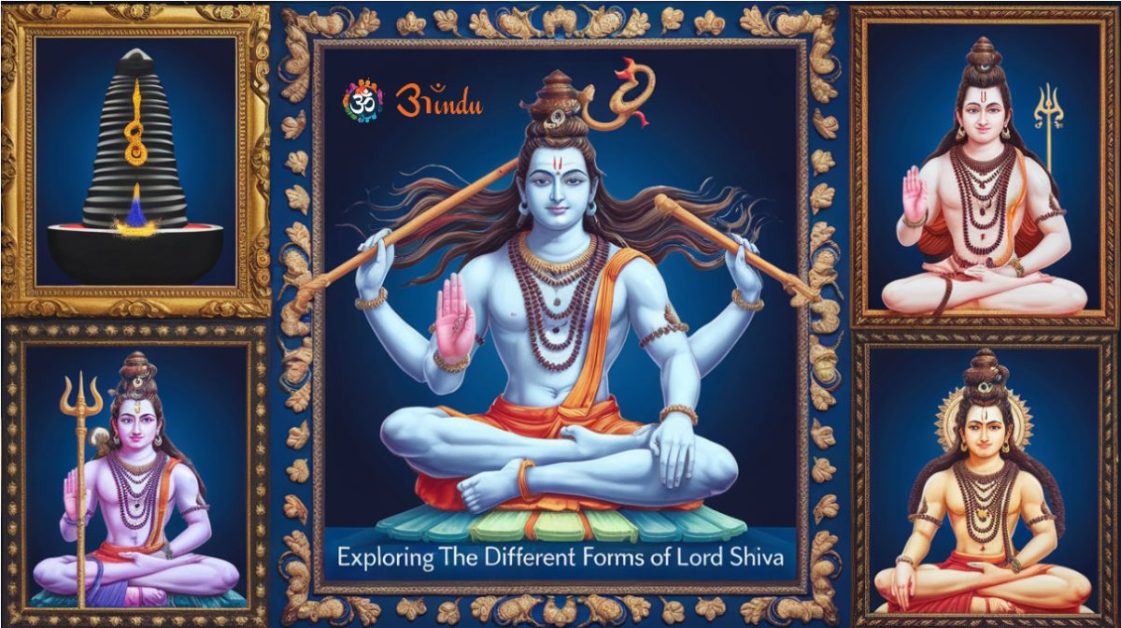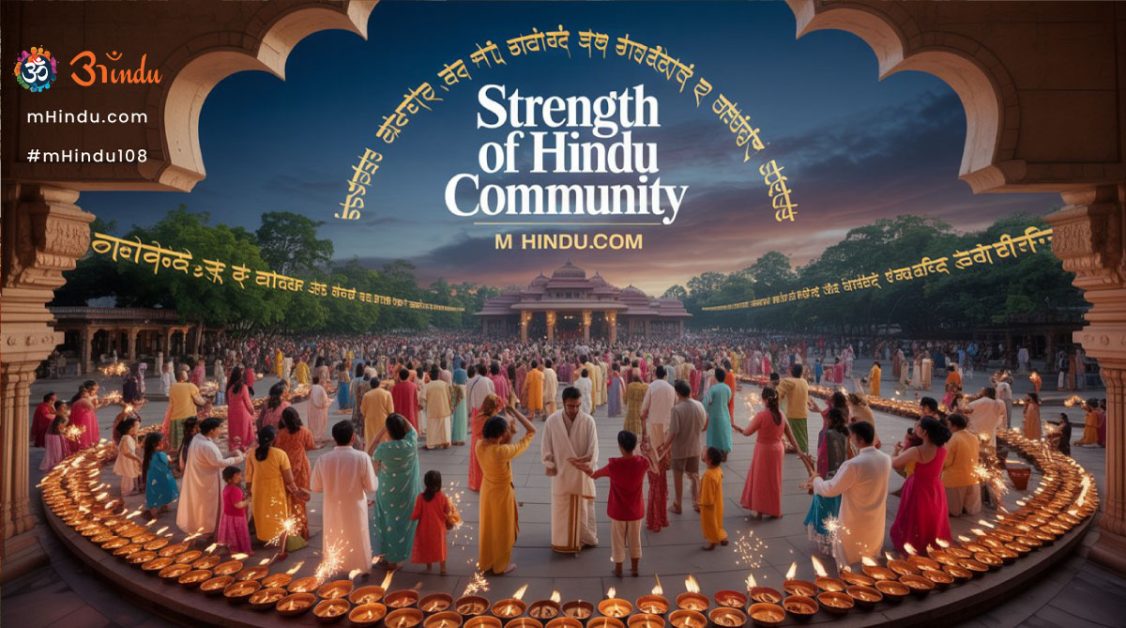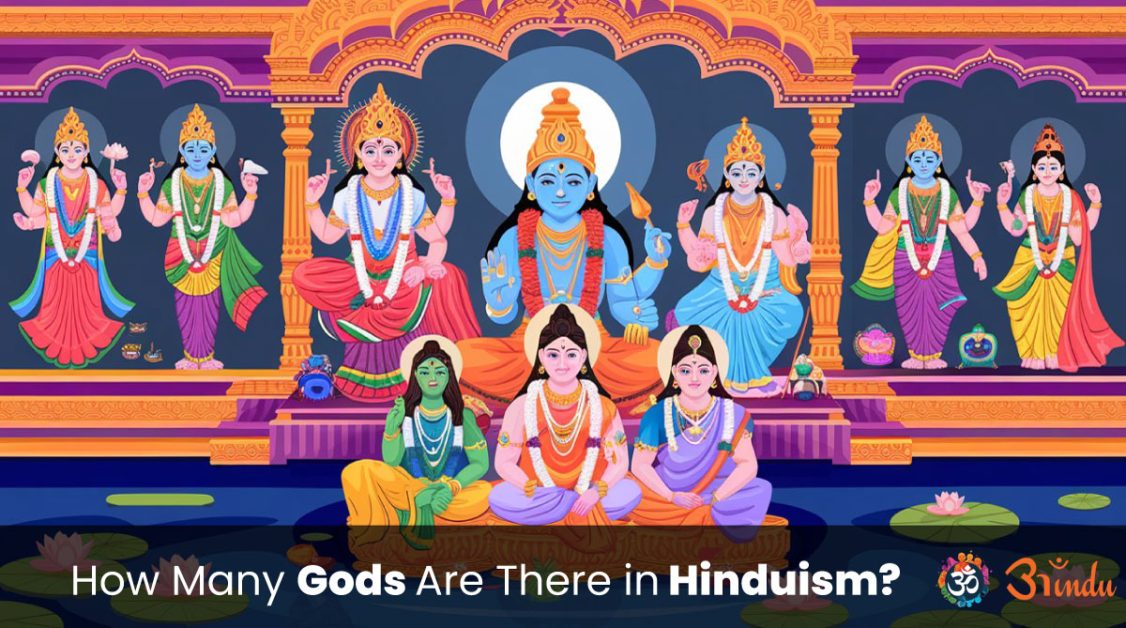
Imagine the hush that falls over the Himalayas as the storm clouds gather, not in anger, but in anticipation. A rhythmic drumming begins, soft at first, then building in intensity. It is the heartbeat of the cosmos, the primal sound of creation and destruction intertwined. This is the prelude to the Shiva Tandava, the divine dance of Lord Shiva, a spectacle that transcends mere physical movement to embody the very essence of existence.
Explore Blog Content
Toggle
For devotees of Sanatan Dharma, the Shiva Tandava is not just a mythological story; it is a profound spiritual experience, a visual representation of the cyclical nature of time, the interplay of opposing forces, and the ultimate liberation that comes from understanding the divine rhythm of the universe. Let us embark on a journey to unravel the intricate layers of this sacred dance, exploring its meaning of Shiva Tandava and its enduring significance in our lives.
What is the Shiva Tandava and Why is it So Revered?
The Shiva Tandava is a powerful and evocative dance performed by Lord Shiva. It is described in ancient Hindu scriptures like the Shiva Purana and the Agama Shastras. This divine dance is not a singular event but rather encompasses two primary forms: the Rudra Tandava (the dance of destruction and fury) and the Ananda Tandava (the dance of bliss and creation). Both forms are integral to understanding Shiva’s multifaceted nature as the destroyer of illusions and the source of all that is. The sheer power and dynamism depicted in the Shiva Tandava imagery resonate deeply with the Hindu psyche, representing the constant flux of the universe and the potent energy that underlies all existence. Understanding the meaning of Shiva Tandava is key to grasping its profound spiritual implications.
The Cosmic Significance: How Does the Dance Reflect the Universe?
The movements of Shiva in the Shiva Tandava are symbolic of the cosmic processes. His matted hair (Jata) flying in all directions represents the unbound energy and the vastness of the universe. The Damaru drum he holds signifies the rhythm of creation and the primal sound from which the universe originated – the Nada Brahma. The fire in his hand (Agni) symbolizes destruction and transformation, the burning away of old forms to make way for the new. His other hand in the Abhaya Mudra offers protection and dispels fear. The snake coiled around his neck represents the power of Kundalini and the transcendence of fear and death. Even the posture, often with one foot firmly planted and the other raised, speaks of the dynamic balance between stillness and movement, earth and sky. This intricate choreography is a visual metaphor for the continuous cycle of creation, preservation, and destruction that governs the cosmos, a fundamental tenet of Sanatan Dharma. The cosmic dance of Nataraja beautifully illustrates this dynamic equilibrium.
The Rudra Tandava: The Dance of Destruction and Transformation
“People Also Ask: What is the purpose of Rudra Tandava?” The Rudra Tandava is the fierce and powerful aspect of Shiva’s dance. It is associated with the destruction of evil, ignorance, and the limitations of the ego. This dance is not about wanton destruction but rather a necessary dismantling of old, decaying structures to pave the way for renewal. Think of it as pruning a garden; the seemingly harsh act of cutting away dead branches ultimately leads to healthier and more vibrant growth. Similarly, the Rudra Tandava signifies the transformative power of destruction, clearing away negativity and paving the path for spiritual journey. The intensity of this dance reminds us that change, though sometimes painful, is an essential part of the cosmic rhythm.
The Ananda Tandava: The Dance of Bliss and Creation
In contrast to the Rudra Tandava, the Ananda Tandava is the dance of joy, bliss, and creation. “People Also Ask: What emotions are expressed in Ananda Tandava?” This form of the Shiva Tandava emanates peace, serenity, and the ecstatic joy of existence. It represents the divine playfulness of Shiva, the source of all creation and the embodiment of pure consciousness. The gentle and graceful movements in the Ananda Tandava symbolize the unfolding of the universe, the blossoming of life, and the inherent আনন্দ (Ananda – bliss) that resides at the core of reality. This dance reminds us that the universe is not just a series of chaotic events but a manifestation of divine joy and creativity. The significance of Shiva’s dance in its Ananda form highlights the inherent bliss within the cosmos.
Nataraja: The King of Dance and His Iconic Representation
The most iconic representation of the Shiva Tandava is in the form of Nataraja, the King of Dance. “People Also Ask: What does the Nataraja statue symbolize?” The Nataraja statue beautifully encapsulates the profound symbolism of Shiva’s cosmic dance. Surrounded by a ring of fire (Prabha Mandala) representing the cycle of time, Nataraja stands with one foot on the dwarf Apasmara, symbolizing the crushing of ignorance and ego. His four arms hold various symbolic objects: the Damaru (creation’s rhythm), the Agni (destruction and transformation), the Abhaya Mudra (fearlessness), and the pointing hand towards his raised foot, signifying liberation. The matted locks flowing outwards represent the untamed energy of Shiva, while the serene expression on his face embodies the perfect balance amidst the cosmic dance. The cosmic dance of Nataraja serves as a powerful reminder of the interconnectedness of all things and the ultimate triumph of divine consciousness over ignorance.
The Philosophical and Spiritual Significance for Sanatan Dharma
The Shiva Tandava holds deep philosophical and spiritual significance within Sanatan Dharma. It encapsulates the cyclical nature of time (Kalachakra), the constant interplay of opposing forces (Shiva and Shakti), and the ultimate goal of spiritual liberation (Moksha). By witnessing or contemplating the Shiva Tandava, devotees can gain a deeper understanding of the transient nature of the material world and the eternal, unchanging reality of Brahman. The significance of Shiva’s dance extends to our understanding of our own inner struggles and the path to liberation. The dance serves as a powerful metaphor for the inner struggles and triumphs of the spiritual journey. Just as Shiva dances through creation and destruction, the individual soul navigates the cycles of birth, death, and rebirth, striving for union with the divine.
Connecting with the Divine Rhythm: How to Incorporate the Essence of Shiva Tandava in Daily Life
While we may not be able to physically replicate the cosmic dance of Shiva, we can incorporate its essence into our daily lives. “People Also Ask: How can I connect with Lord Shiva?” Understanding the meaning of Shiva Tandava can help us to embrace change, to recognize the necessity of letting go of old patterns, and to find joy and balance amidst life’s challenges. Practices like meditation on the Nataraja form, chanting Shiva mantras, and reflecting on the cyclical nature of life can help us connect with the divine rhythm that the Shiva Tandava embodies. The cosmic dance of Nataraja provides a visual and spiritual anchor for this contemplation, much like the reverence shown during Hindu Festivals.
The Enduring Legacy of Shiva Tandava in Hindu Culture and Art
The Shiva Tandava is not just a theological concept; it is deeply ingrained in Hindu culture and art. It is a recurring motif in temple sculptures, paintings, classical dance forms like Bharatanatyam, and devotional music. The dynamic poses and powerful imagery of the Shiva Tandava continue to inspire artists and devotees alike, serving as a potent reminder of the divine energy that permeates the universe. The significance of Shiva’s dance transcends generations, conveying profound spiritual truths through artistic expression and keeping the essence of Sanatan Dharma alive.
Conclusion
The Shiva Tandava is far more than just a dance; it is a profound cosmic ballet that encapsulates the very essence of existence within Sanatan Dharma. It is a powerful symbol of creation and destruction, stillness and movement, joy and fury. By understanding the meaning of Shiva Tandava and the significance of Shiva’s dance, we can gain deeper insights into the cyclical nature of the universe and our own spiritual journeys. May the rhythmic energy of the cosmic dance of Nataraja inspire us to embrace change, find balance, and ultimately, connect with the divine rhythm that governs all.
FAQs
- What is the primary significance of the Shiva Tandava in Hinduism?
The primary significance of the Shiva Tandava lies in its representation of the cosmic cycles of creation, preservation, and destruction. It symbolizes the dynamic energy of the universe and the multifaceted nature of Lord Shiva as the ultimate reality. This sacred dance offers profound insights into the transient nature of existence and the eternal dance of consciousness. Understanding the meaning of Shiva Tandava is crucial to grasping this significance. - What are the two main forms of the Shiva Tandava?
The two main forms of the Shiva Tandava are the Rudra Tandava, which is the fierce dance associated with destruction and the removal of evil, and the Ananda Tandava, the blissful dance of creation, joy, and cosmic harmony. Both forms highlight different aspects of Lord Shiva’s divine nature and cosmic functions. The significance of Shiva’s dance lies in encompassing both these powerful expressions. - How does the Nataraja statue visually represent the Shiva Tandava?
The Nataraja statue is an iconic depiction of the Shiva Tandava. It portrays Shiva dancing within a ring of fire (Prabha Mandala), symbolizing the cycle of time. His various arms hold symbolic objects like the Damaru (creation), Agni (destruction), and offer gestures of protection (Abhaya Mudra) and liberation. The dwarf Apasmara under his foot represents the crushing of ignorance. The cosmic dance of Nataraja is perfectly captured in this form. - What is the meaning of the Damaru and the fire in Shiva’s hands during the Tandava?
The Damaru, the small drum held by Shiva, symbolizes the rhythm of creation and the primal sound (Nada Brahma) from which the universe originated. The fire (Agni) in his other hand represents destruction and transformation, the necessary force that dissolves old forms to make way for new beginnings and spiritual purification. The meaning of Shiva Tandava is intricately linked to these symbols. - How can understanding the Shiva Tandava help in one’s spiritual growth?
Understanding the Shiva Tandava can foster spiritual growth by helping individuals recognize the impermanence of the material world, embrace change as a natural part of life, and find balance amidst duality. Meditating on its symbolism, particularly the cosmic dance of Nataraja, can lead to a deeper connection with the divine and an understanding of the cyclical nature of our own spiritual journey. - Are there specific times or festivals when the Shiva Tandava is particularly significant?
The Shiva Tandava is significant during Mahashivaratri, a major festival dedicated to Lord Shiva. During this time, devotees often contemplate Shiva’s divine attributes, including his cosmic dance. Performances of classical dances depicting the Shiva Tandava are also common during Hindu Festivals and religious gatherings. - How is the Shiva Tandava depicted in Indian art and culture?
The Shiva Tandava is a prominent theme in Hindu culture and art, evident in ancient temple sculptures, paintings, and classical dance forms like Bharatanatyam and Kathak. These artistic representations serve to convey the power, grace, and profound spiritual meaning of Shiva Tandava to devotees across generations. - Can the principles of the Shiva Tandava be applied to modern life challenges?
Yes, the principles of the Shiva Tandava can be highly relevant to modern life. The dance teaches us about the balance between creation and destruction, the importance of embracing change, and finding inner rhythm amidst chaos. Understanding this cosmic dance of Nataraja can provide a framework for navigating life’s challenges with greater resilience and spiritual understanding.






